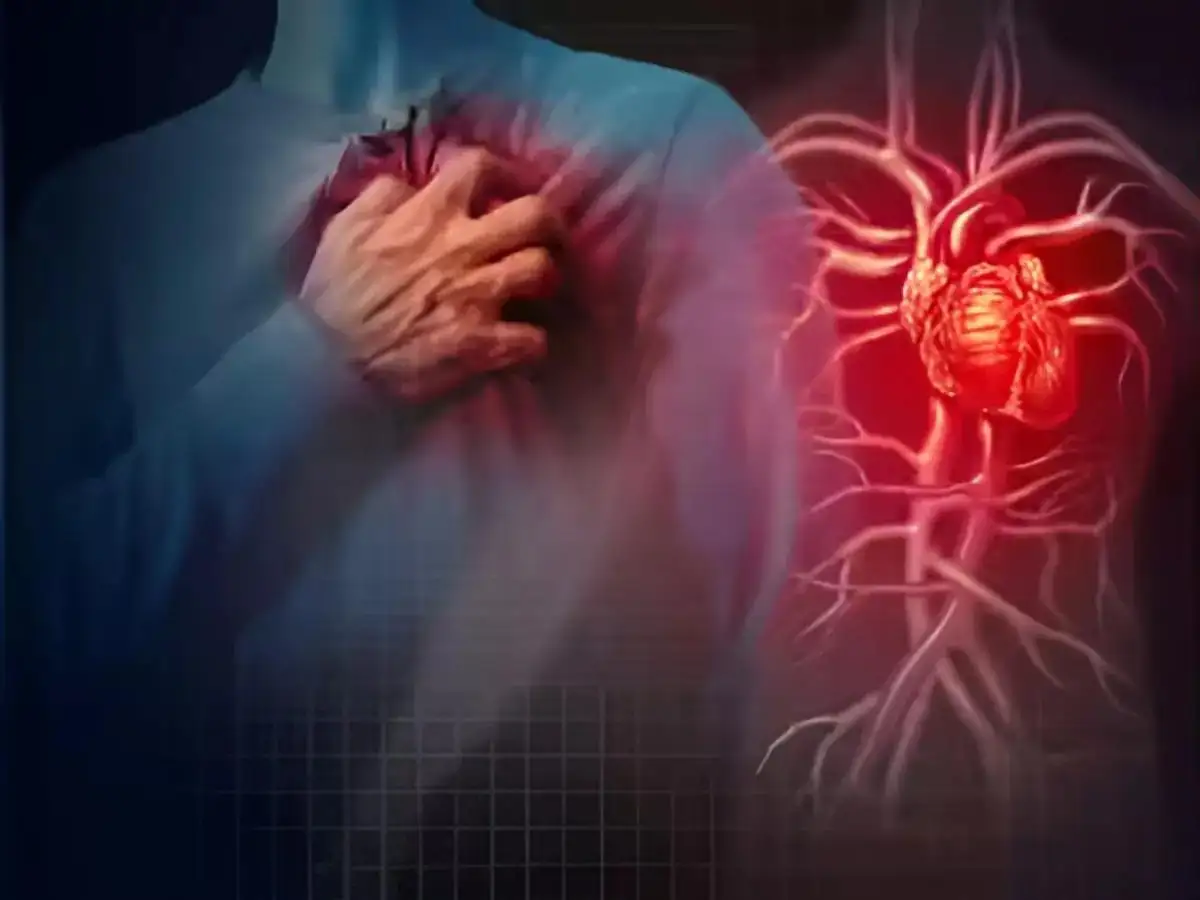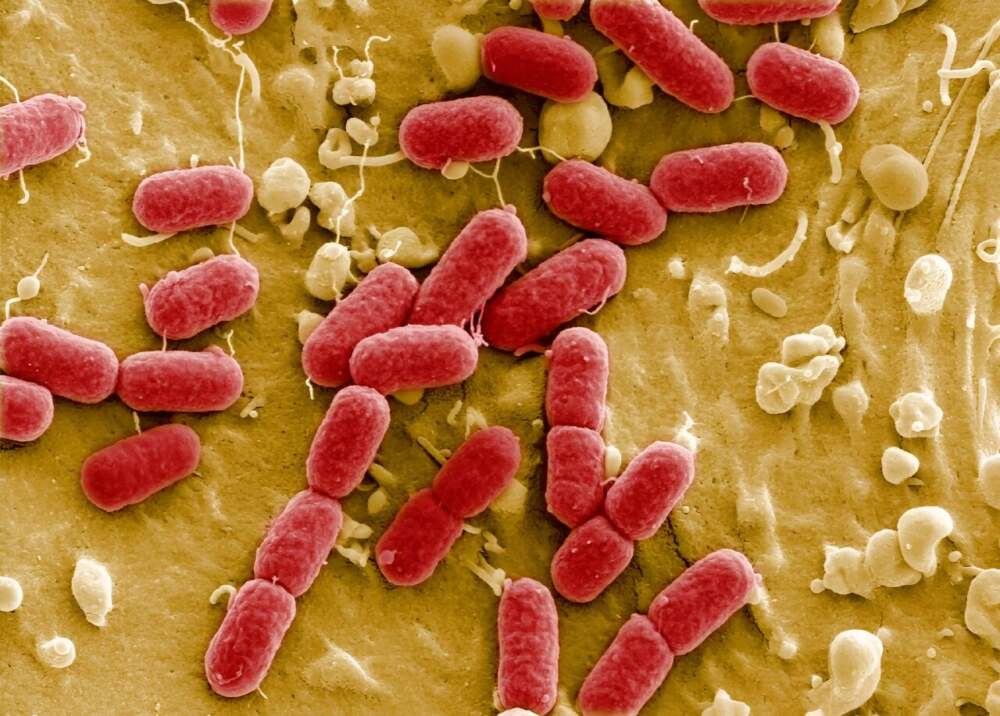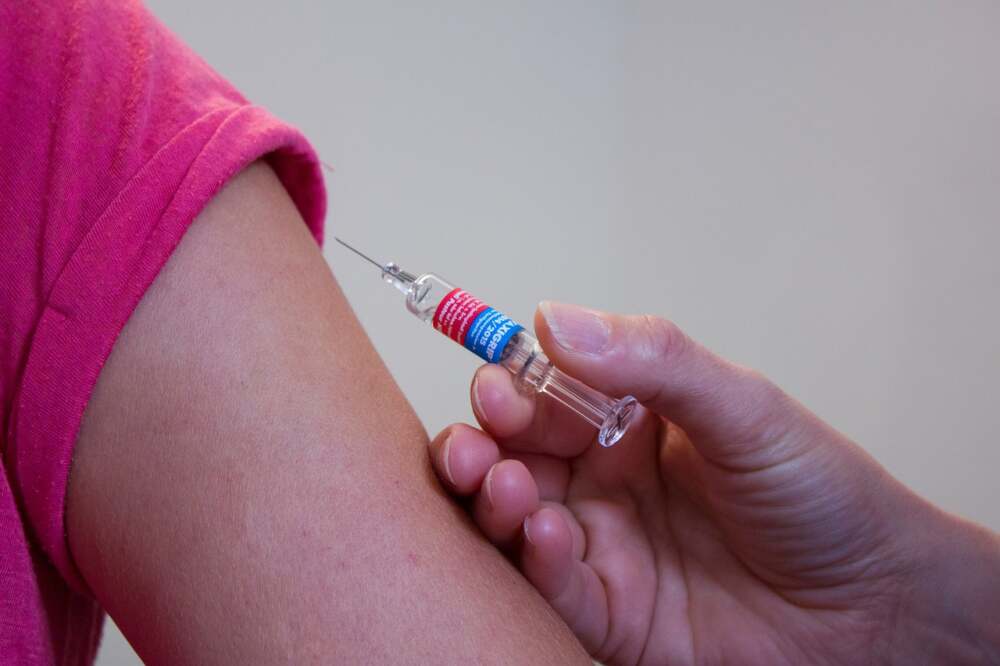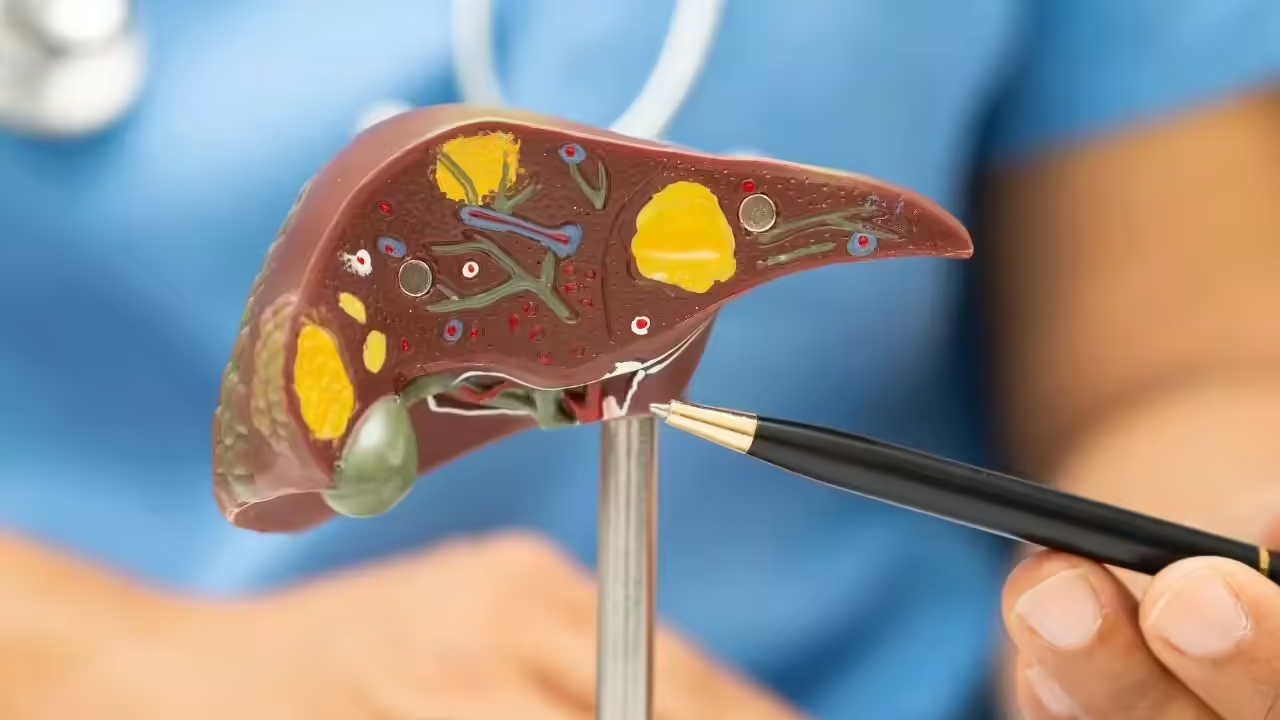For decades, many people have viewed heart attacks and strokes as sudden, unavoidable events—catastrophic medical crises that strike without warning. But new research is turning that assumption on its head. A large-scale analysis has found that more than 99 percent of individuals who went on to suffer a heart attack, stroke, or heart failure had detectable risk factors years before their event.
This study, which looked at millions of patients across multiple countries, provides strong evidence that cardiovascular disease is rarely an accident of fate. Instead, it appears to be the result of long-term, gradual changes in health—changes that can often be measured, monitored, and addressed before they lead to disaster.
What the Research Found
The investigators tracked four major risk factors that are already well-known in medicine but often overlooked until they reach dangerous levels:
- High blood pressure – even modest elevations were linked with future heart disease.
- Cholesterol levels – total cholesterol that was “above optimal” increased long-term risk.
- Blood sugar levels – elevated fasting glucose signaled a higher chance of future diabetes and heart complications.
- Smoking – whether current or past, smoking dramatically amplified risk.
The data revealed that virtually every patient who later experienced a major cardiovascular event had one or more of these factors present. High blood pressure emerged as the most common early warning sign, followed closely by abnormal cholesterol.
Even among younger adults and women—groups that are often considered relatively low risk—the pattern held true. More than 95 percent of women under 60 who developed cardiovascular disease had at least one warning factor well before their diagnosis.
Why This Matters
The implications are profound. Cardiovascular disease remains the leading cause of death worldwide, claiming nearly 18 million lives each year. The new findings suggest that the vast majority of these tragedies could be prevented with earlier detection and intervention.
- Heart disease is not sudden. It builds silently over years, and the body often sends signals long before an attack occurs.
- Prevention is possible. By addressing blood pressure, cholesterol, glucose, and smoking habits early, the risk of heart disease can be drastically reduced.
- Younger people must be vigilant. The study challenges the idea that cardiovascular disease is only a concern for older adults. Risk factors often appear in the 20s, 30s, and 40s, and prevention at that stage could save lives decades later.
Rethinking Medical Guidelines
Traditionally, health systems have focused on treating disease after it emerges or when risk factors hit “clinical” thresholds. For example, a patient may not be treated for hypertension until their blood pressure crosses a defined number. But this study shows that even “non-optimal” levels—below the cutoff for a diagnosis—are dangerous over time.
This suggests a need for rethinking current medical guidelines:
- Earlier screenings should be recommended, even for those considered “low risk.”
- Thresholds for treatment may need to be lowered to address risks before they escalate.
- Public health campaigns must shift focus from treatment to prevention, encouraging healthier lifestyles earlier in life.
The Role of Lifestyle
While genetics and age play some role, the study reinforces that lifestyle is the most powerful factor in determining long-term heart health. Doctors emphasize several changes that can significantly lower risks:
- Diet: Eating more fruits, vegetables, whole grains, and lean proteins while cutting back on processed foods, added sugars, and excess salt.
- Exercise: At least 150 minutes of moderate activity per week, such as walking, cycling, or swimming.
- Quitting smoking: Smoking remains one of the strongest predictors of cardiovascular disease.
- Managing stress and sleep: Chronic stress and poor sleep have also been linked to heart health issues.
When combined, these strategies can bring blood pressure, cholesterol, and glucose back into healthier ranges—dramatically lowering the odds of a major cardiovascular event.
A New Paradigm: From Reaction to Prevention
One of the lead cardiologists involved in the research noted that “these findings should end the myth of the ‘sudden’ heart attack.” Instead, doctors now see cardiovascular disease as a condition that develops in predictable stages. The challenge is catching it early enough to make a difference.
For patients, this means taking routine check-ups seriously. For health systems, it means investing more in preventive care and less in reactive emergency care. And for policymakers, it underscores the need to address risk factors like smoking rates, poor nutrition, and lack of exercise at a population level.
Final Thought
The message of the study is clear and hopeful: almost all heart attacks and strokes are preceded by years of warning signs. With vigilance, lifestyle changes, and proactive medical care, millions of lives could be saved.
In the fight against the world’s number one killer, prevention may finally prove to be the most powerful medicine of all.
















Leave a Reply